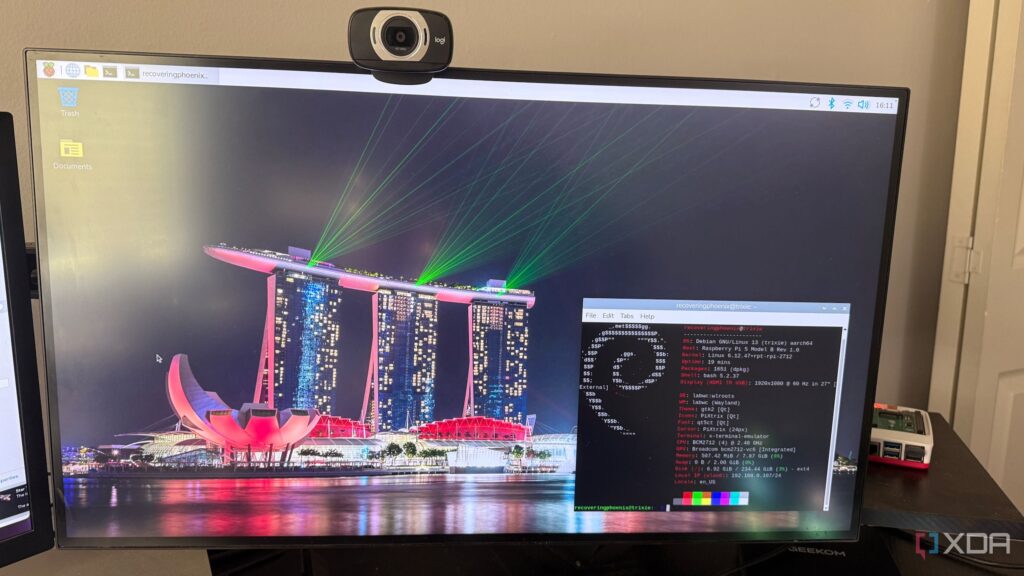
URGENT UPDATE: New insights reveal critical distinctions between open-source and source-available software, challenging the way developers and users perceive software freedom. As companies increasingly blur these lines, understanding the implications is more vital than ever.
Recent reports confirm that transparency in software does not guarantee freedom. While open-source software allows users to modify and redistribute code, source-available software often restricts these rights, leading to confusion and potential misrepresentation of user freedoms. This distinction is crucial as it directly impacts developers and the broader software community daily.
The Open Source Initiative (OSI) highlights that licenses like the GNU General Public License (GPL) and Apache 2.0 ensure unrestricted use, modification, and redistribution. In contrast, many software companies employ source-available licenses that limit what users can do with their code, often under the guise of transparency. For example, Meta’s Llama large language model is frequently cited as open-source, yet its license prohibits commercial use, effectively disqualifying it from being truly open-source.
The implications are significant. As companies like Elastic and Redis transition to more restrictive licenses, they not only protect their business interests but also challenge the foundational principles of the open-source movement. This shift raises urgent questions about sustainability and community involvement. Developers and users may find themselves limited in their ability to innovate and collaborate, as the very essence of open-source—shared ownership and accountability—becomes diluted.
Experts warn that every instance of mislabeling software as “open-source” weakens trust within the community. Users expect openness and flexibility, yet they often encounter barriers when attempting to contribute or self-host projects. This erosion of trust can stifle innovation and lead to a fragmented landscape where genuine open-source initiatives struggle to thrive.
WHAT TO WATCH FOR: As the open-source ecosystem evolves, it is critical for users and developers to scrutinize software licenses closely. True open-source projects encourage community collaboration, while source-available projects often reserve decision-making power for the original creators. Understanding these differences is essential for making informed choices about software use.
The ongoing debate around these distinctions underscores the importance of maintaining the integrity of the term “open-source.” Protecting user freedoms ensures that the collaborative spirit remains at the forefront of software development, fostering a diverse and adaptable landscape.
As the software community navigates these changes, users are urged to support genuine open-source projects that uphold these principles. By doing so, they contribute to a collective pool of innovation that benefits everyone. Now is the time to prioritize transparency and freedom—not just visibility—within the software ecosystem.
Stay tuned for further updates on this developing story, as the landscape of software licensing continues to evolve and impact the way we interact with technology.





